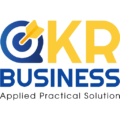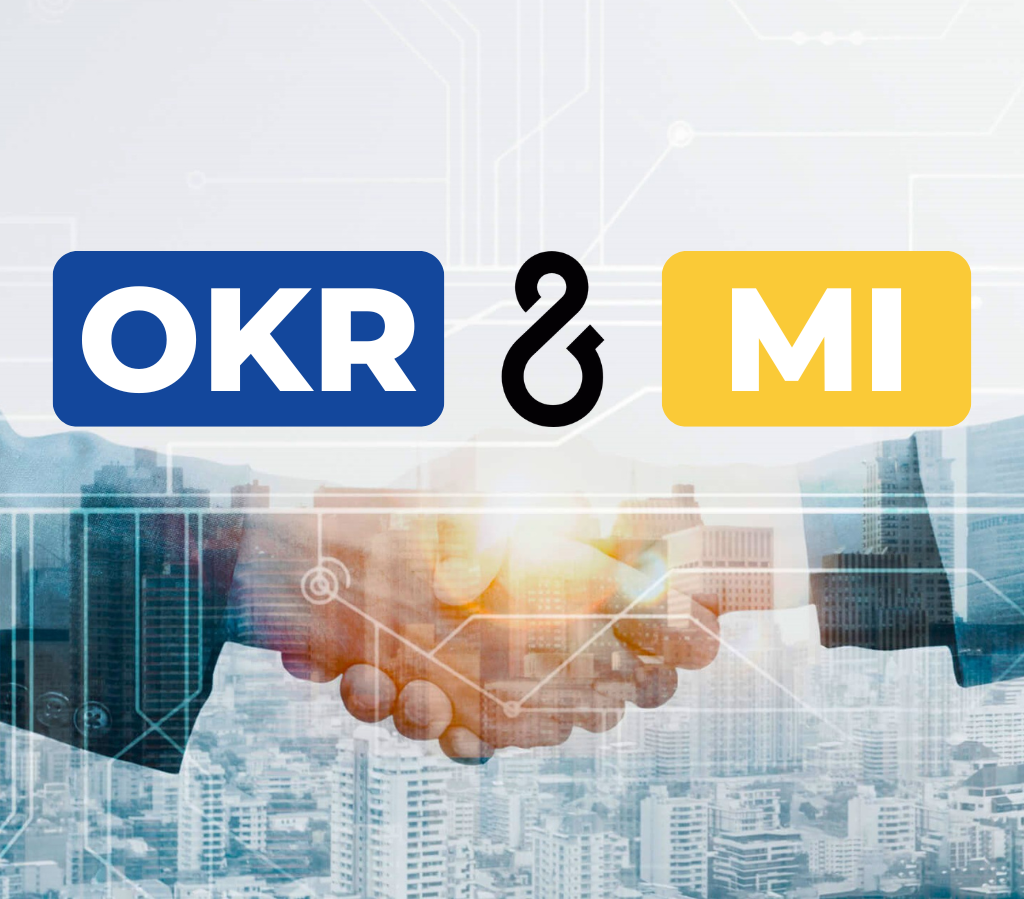Set up company-level OKRs
OKRs at your company level help guide your entire organization. Because the company’s OKRs are oriented, they usually have a time determination between 1 and 3 years. Your company OKRs can reflect 2 or 3 important milestones that your organization decides must reach in the next 12 months.
It’s important that everyone in your organization has the opportunity to give their feedback when you decide what you want to achieve in the next 12 months. We recommend starting with an internal workshop where all the main stakeholders responsible for the company strategy first ask for and then collect, input from employees about what they think the top priorities should be. This input can then be discussed in relation to the existing company strategy and is divided into 3 to 4 OKR. This can be done using notes, meeting minutes, collaboration documents, or even idea boards. The goal of this discussion is to come to a general agreement on what the organization should achieve early next year.

Set up individual groups and OKRs
From company-level OKRs, group OKRs and individuals show the tactics that teams and individuals will implement and what results they will need to achieve to help the organization ensure goals are defined over a long period of time. People with busy and conflicted schedules will speak out, but whatever is reflected in your OKRs deserves priority over everything else. This is also why it is important to update OKRs regularly to see how you are progressing on what you have agreed to be the most important. That’s why it’s always important to always give your team OKR in weekly or biweekly team meetings.
OKRs provide each team and individual with a clear awareness of clear direction and achievement. But they are also a reason to say “No” to things that are outside the scope of OKRs. If every team creates their OKR as if these were the only things they’ll work on that quarter, it will ensure a successful OKR program while helping the organization implement its strategy.
Main characteristics of the Goal
- Link: The team goal should always be consistent with the Company’s Goals and support your organization’s Final Goal. Group goals must always be created once okrs companies have been agreed upon.
- High impact: Team goals should always be things that, if you achieve them, will have a huge positive impact on your entire organization. Achieving team goals, like the Company’s Goals, should be the cause for an celebration!
- Time limits: Keep team goals in a short and rigorous time frame, encourage focus, and allow you to review them cyclically. Not only does this help you quickly determine what’s working and what’s not, it also allows you to change courses in a new cycle if your Team Goals don’t contribute to your company OKRs.
Key Characteristics of Key Results
- High impact: The team’s key results will reflect a big change, which if you achieve 70% to 80% of your goals, the rest of your organization will notice. Make them tough. If they are easily achieved, they are not challenging enough.
- Specifically: Group key results should be focused and have a clearly defined scope. Although the company’s Key Results include broad metrics, Group Key Results should measure progress in more detail, such as sales of a particular product.
- Within the scope of influence: Key group results should always be things you measure that you don’t do, but you can influence. Writing 10 blog posts is an inaccurate key result, which is what you need to do. Achieving 1000 views on a blog post you wrote is a key result that fits, as it’s something you can’t control but you can influence and desire to achieve.
Key Features of the Initiative
- Specifically: An Initiative must always be specific. Its scope must be clearly defined and the owner of the Initiative must know what to do. It cannot be as ambiguous as a Possible Goal. Therefore, an Initiative must contain clear words, such as setup, writing, launch, access, release, etc. The goal may contain less specific words, such as improvement, increase, etc.
- Under control: You should have full control over your Initiatives, which means you will have the right to complete them. This means that it should not be dependent on something or others. It also means that you may be responsible for not completing your Initiative; it will be more difficult to force someone to take responsibility for not achieving their OKRs (since they will not have full control over the latter).
Let’s take a quick look at these simple examples:
- Goal Example
- Development of lighter engines
- Make searching for feedback faster
- Increase nonfiction book sales
- Key Results example
- 10% reduction in fuel pump weight
- Reduce page download speed by 1 second
- $1 million worth of educational books for sale
- Example Initiative example
- Construction of fuel pump prototypes
- Run performance reports regularly
- Add 10,000 books to our online store
What is an initiative?
Job description initiatives are needed to help advance your Key Results. In contrast to key results that are clearly measured progress towards the Goal, the Initiative is often just a hypothesis for what work can have the greatest impact.
Initiatives are tasks, projects, campaigns, or similar activities related to OKR without ingesting the progress of the Goal. Regularly checking with your Key Results will help you decide if your Initiatives deliver the desired results. If they don’t have one yet, you should think about changing your Initiative.
The benefit of setting up OKRs and Initiatives is that there is a clear separation between the results (Key result: what have we achieved?) and output (Initiative: what have we done?). You can commit to the same OKR while staying flexible at the activity level using the Initiative.




